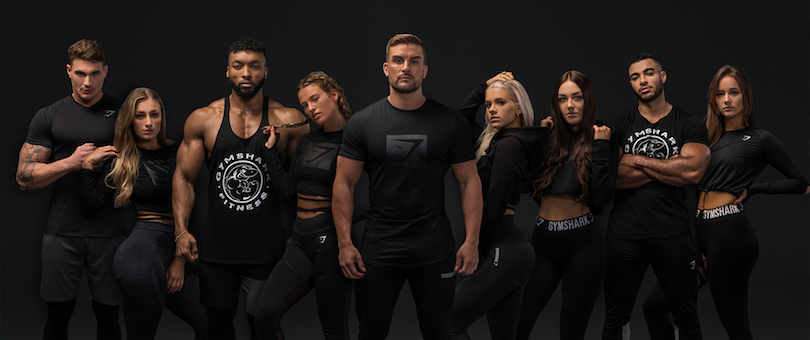There’s lots to learn from the brand building success Gymshark. The fitness brand has done a great job on everything from product design to consumer insight and media channel innovation. The company has come a long way since founder Ben Francis started it in his parents’ garage in 2012, aged 19. The company is now valued at £1billion following the recent sale of 20% of the business to private equity firm General Atlantic. In this post we look at 10 brand building lessons from the Gymshark success story.
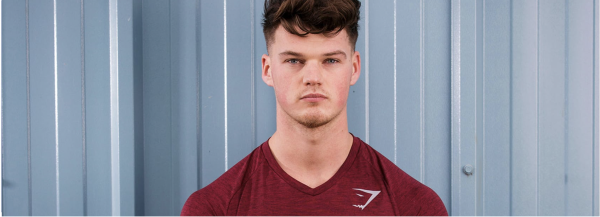
1. BE the consumer
Rather than trying to understand the consumer, Ben IS the consumer, following the example of other successful entrepreneurs we’ve posted on over the years. As a teenager, “the gym was everything” to Ben according to a Times article (1). By focusing on a category where he was already a user, Ben had what we call ‘consumer empathy’: a deep, visceral and intuitive connection with what people want from a product. This meant he didn’t need to spend time and money on lots of research. “We just thought, ‘what do we want to wear’, ‘what do we like’ and ‘let’s make it,’” he explained. Action: if you’re thinking of starting a business, a good place to start is looking at opportunities or problems to solve in a category you are actively involved in. In the corporate world, try to have at least some of your team who are active users of the category, so you can go beyond consumer understanding to consumer empathy.2. Be ready to ‘pivot’
Ben’s success came from trial and error and the ability to change direction, or ‘pivot’. His first business was in selling car number plates, followed by the creation of iPhone fitness-tracking apps (see below). After attending a Bodypower event in Birmingham, he changed to selling nutrition supplements and protein powders online, but after two months had only sold £50 worth of product making a measly £2 of profit (1). It was then that he decided fitness clothing was the way to go as the margins looked more attractive. Action: don’t expect success to happen in a straight line. Be ready to experiment, learn and change direction. ‘Test, Learn, Scale or Kill. At speed’ is the way Laundrapp CEO Edward Relf put it in this post.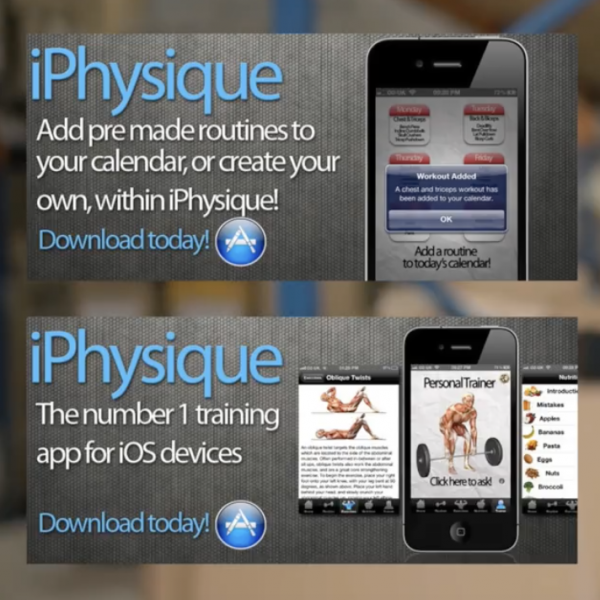
3. Follow the money
Ben was not just a creative brand builder, he also showed business savviness from a young age, recognising the importance of ‘following the money’. At the start of Gymshark, having no cash to buy stock, he advertised supplements and when orders came in these would be ‘dropped’ by other suppliers, with Gymshark taking a small cut. This created the cash flow to then purchase clothing which went onto to be the core business for Gymshark. Action: think not only about the ‘front end’ of your business, but also about the ‘back end’ and how you are going to create sustainable business model, as Ben says on his own YouTube channel.4. Create a distinctive product
Gymshark’s success is built on a distinctive product. The market opportunity Ben spotted was the need for workout gear that was figure flattering, fashionable and affordable. His core target was the growing band of younger gym-goers for whom brands like Nike, Adidas and Reebok sold gear worn by their parents! The three Taylor girls (aged 18, 18, 22) who buy Gymshark confirm the colours are bolder and the designs are cooler than more established brands. Action: ‘bake’ your brand into your product to make it worthy of word-of-mouth and recommendation.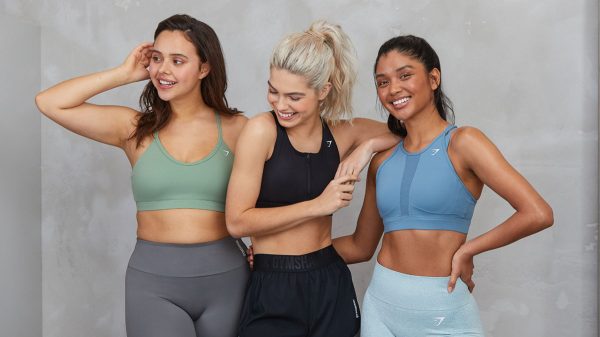
5. Put in the hard yards
An important lesson for anyone aspiring to follow Ben’s example is the effort and stamina needed to get a business off the ground. He bought a sewing machine and screen printer and spent the first year making hoodies, vests and T-shirts with his friends in his parents’ garage. He went back to the Bodypower event to launch the brand, after setting up the Gymshark website. It was only then he knew he was really onto something, when the entire stock sold in half an hour, netting £30,000 of sales (1). Action: whether you are starting your own business or a big company career, be ready to put in hard yards to make progress. Determination, stamina and resilience are as important as technical skills or academic qualifications, in my experience!6. Tap into culture
Great brands tap into popular culture to be relevant and aspirational for today’s consumers. Gymshark did a great job of riding the cultural wave related to health & fitness. As Ben knew from firsthand personal experience, fitness had become a lifestyle. Gyms were no longer just for exercise, they were for socialising, standing out, looking good and sharing your workout on social media. And to do all this, you needed the right sort of gear to wear. Action: build your brand positioning on what we call ‘the triangle of truth’: create a distinctive proposition (brand truth) that taps into what consumers need (human truth) with what’s happening in culture (cultural truth).7. Distinctive communication
Gymshark, like most successful brands, added emotional ‘sizzle’ to promote its distinctive product ‘sausage’. With no big budget to blow on advertising, Ben instead turned to the social media channels that he himself used for fitness inspiration and ideas. He sent free Gymshark apparel to fitness influencers like Lex Griffin and Nikki Blackketter who liked the gear and so featured in on their social media channels. Gymshark’s communication felt more authentic and edgy compared to conventional communication. “Now its called ‘influencer marketing’. At the time it just felt natural to us, as were fans of the guys,” Ben explains on his YouTube channel (2). See below for the very first bit time Gymshark got featured in this way by Lex Griffin. As Gymshark grew, it started sponsoring influencers, now called ‘Gymshark athletes’, who have a combined reach of 20 million, in addition to close to 5 million followers for the brand’s own Instagram channel (3). To put this in perspective, Gymashark has 21 Instagram followers per dollar of revenue, seven times that of Nike and 21 times that of Adidas (see below). Ben himself also plays an active role in promoting the brand, and is what we call a ’Brand CEO’: the living, breathing embodiment of the brand who inspires consumers and employees alike, with his own YouTube channel having 162k followers.
Action: create distinctive communication for your brand, including brand properties (visual style, colour, slogans, symbols, endorsers etc.). Use media channels as a source of distinctiveness too, bearing in mind the old saying ‘the medium is the message’.
As Gymshark grew, it started sponsoring influencers, now called ‘Gymshark athletes’, who have a combined reach of 20 million, in addition to close to 5 million followers for the brand’s own Instagram channel (3). To put this in perspective, Gymashark has 21 Instagram followers per dollar of revenue, seven times that of Nike and 21 times that of Adidas (see below). Ben himself also plays an active role in promoting the brand, and is what we call a ’Brand CEO’: the living, breathing embodiment of the brand who inspires consumers and employees alike, with his own YouTube channel having 162k followers.
Action: create distinctive communication for your brand, including brand properties (visual style, colour, slogans, symbols, endorsers etc.). Use media channels as a source of distinctiveness too, bearing in mind the old saying ‘the medium is the message’.

8. Build the right team
Ben has show great foresight in recognising early in the brand’s life the need to bring in experienced mangers to help scale the business, including Steve Hewitt, a former Reebok commercial director, who took over as CEO. Relinquishing control is incredibly hard for a founder, as Ben explained in an interview. “The most difficult thing was learning to trust others to do the things that I used to do,” he observed. “You need to constantly be around people who give you a reality check, people who are better than you” (4). As Ben built a professional team around him, he was able to up the quality of brand execution, including a more iconic and aspirational visual identity. Check out the original website and logo with the current ones (below), and you can see the journey the brand has made! Action: be honest in recognising and appreciating your own strengths, as we covered in this recent post, and highlight areas where you need other people with different talents to create a top team.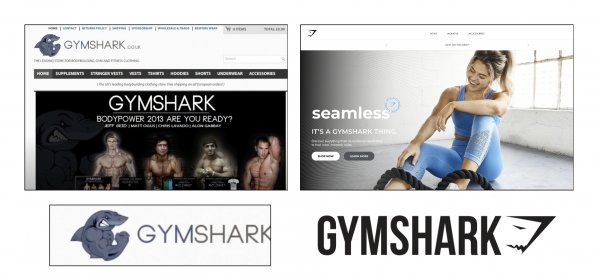
9. Use actions, not just words
‘People my doubt what you SAY but they will believe what you DO’ is one of my favourite sayings. It applies to people but also to brands, especially when it comes to any social mission a company takes on. Gymshark is one of the brands that responded to the Covid crisis in an authentic and action-oriented way. No slow motion, sad, black and white films of empty streets and heroic front-line workers for Gymshark. Instead, they pledged £5 to charity for every “Sweaty Selfie” post made by followers on Instagram, raising over £180,000. The gesture was made even more authentic by donating the money to Birmingham’s women’s and children’s hospitals where Ben’s mum works. Action: make sure your brand is walking the walk, not just talking the talk, in all you do but especially when it comes to any social mission. Focus on action and deliver in a way which is consistent with your brand’s tonality and values.
